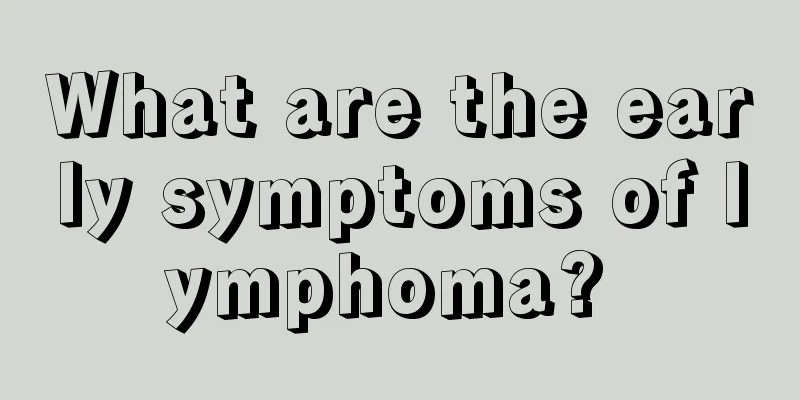How is nasopharyngeal carcinoma staged? What are its symptoms?

|
How is nasopharyngeal cancer staged? What are its symptoms? According to the TNM staging system, nasopharyngeal carcinoma can be divided into: T - primary tumor; T1 tumor is limited to one part; T2 tumor invades more than one part; T3 tumor invades the nasal cavity and/or oropharynx; T4 tumor invades the skull base and/or cranial nerves. N——cervical lymph nodes; NO: no cervical lymph node metastasis; N2a: metastasis of a single cervical lymph node on the same side, with the maximum diameter exceeding 3cm but not exceeding 6cm; N2b: metastasis of multiple cervical lymph nodes on the same side, with the maximum diameter not exceeding 6cm; N2c: metastasis of bilateral or contralateral cervical lymph nodes with a diameter less than 6cm; N3: lymph node metastasis with a trunk greater than 6cm. M——distant metastasis; MO——no distant metastasis; M1——distant metastasis. The following is a detailed introduction. Different stages of T: 1.Ⅰ The primary cancer is limited to the nasopharynx, has not reached the lymph nodes, and has no distant metastasis. 2. II The primary lesion invades the nasal cavity and metastasizes to lymph nodes not far away. The primary cancer is limited to the mobile or fixed lymph nodes in the upper cervical region of the nasopharynx, with a diameter of 3CM, and no distant metastasis. 3. III The primary cancer invades the bone, paranasal sinuses or cranial nerves, without distant metastasis. There are movable or fixed lymph nodes in the upper neck with a diameter of less than 3 cm. The primary lesion invades the nasal cavity, oropharynx or involves the adjacent muscles and nerves below the skull base, without distant metastasis. 4. IV The primary lesion invades the nasal cavity, oropharynx, or adjacent muscles and nerves below the skull base. The primary cancer invades the bone, paranasal sinuses, or cranial nerves, or invades the hypopharyngeal cavity, orbit, or infratemporal fossa. Distant metastasis or skin or lymph nodes below the clavicle. According to the survey, 80% of NPC patients are in the middle or late stage at the time of initial diagnosis, and only 30% are in stage I and II. Common clinical symptoms of NPC include: nasal congestion, blood in the nose, stuffy ears, hearing loss, diplopia and headache. |
<<: How to treat pituitary tumor with acute stroke
>>: How often should cervical cancer screening be performed
Recommend
How does blood flow in the heart
Blood keeps flowing in the blood vessels, which i...
Success rate of frozen embryo transplantation
With the development of medical technology, relat...
Is it easier to have a boy if you get pregnant in summer?
It is impossible to accurately determine the gend...
Analyze the clinical symptoms of malignant melanoma from different angles
Malignant melanoma is a relatively rare malignant...
What causes toothache
Toothache is a common symptom in daily life. Toot...
Does lymphoma affect fertility?
Lymphoma is a common malignant tumor in life. The...
What should I do if I have blisters in my mouth
It is very uncomfortable to have blisters in the ...
How to clean a burnt ceramic pot bottom
Ceramic pots are very commonly used tools in life...
Sitting for a long time increases the risk of uterine cancer. How can women prevent uterine cancer?
Sitting for a long time can cause various "c...
What to do if ankle ligament is sprained? It turns out to be these three steps
Ankle ligament sprain is a common ligament sprain...
What to do with mercury poisoning? It turns out there are three treatments
Mercury is a poisonous metal with strong volatili...
What are the symptoms of liver cancer? What is the cure rate of liver cancer?
The liver is a very important organ in the human ...
What are the Chinese herbal medicines for treating nasopharyngeal carcinoma
What are the Chinese herbal medicines for treatin...
How to diagnose stomach problems through tongue coating
Chinese medicine diagnoses diseases through obser...
What are the symptoms of laryngeal edema
Laryngeal edema is a common clinical problem. Thi...









